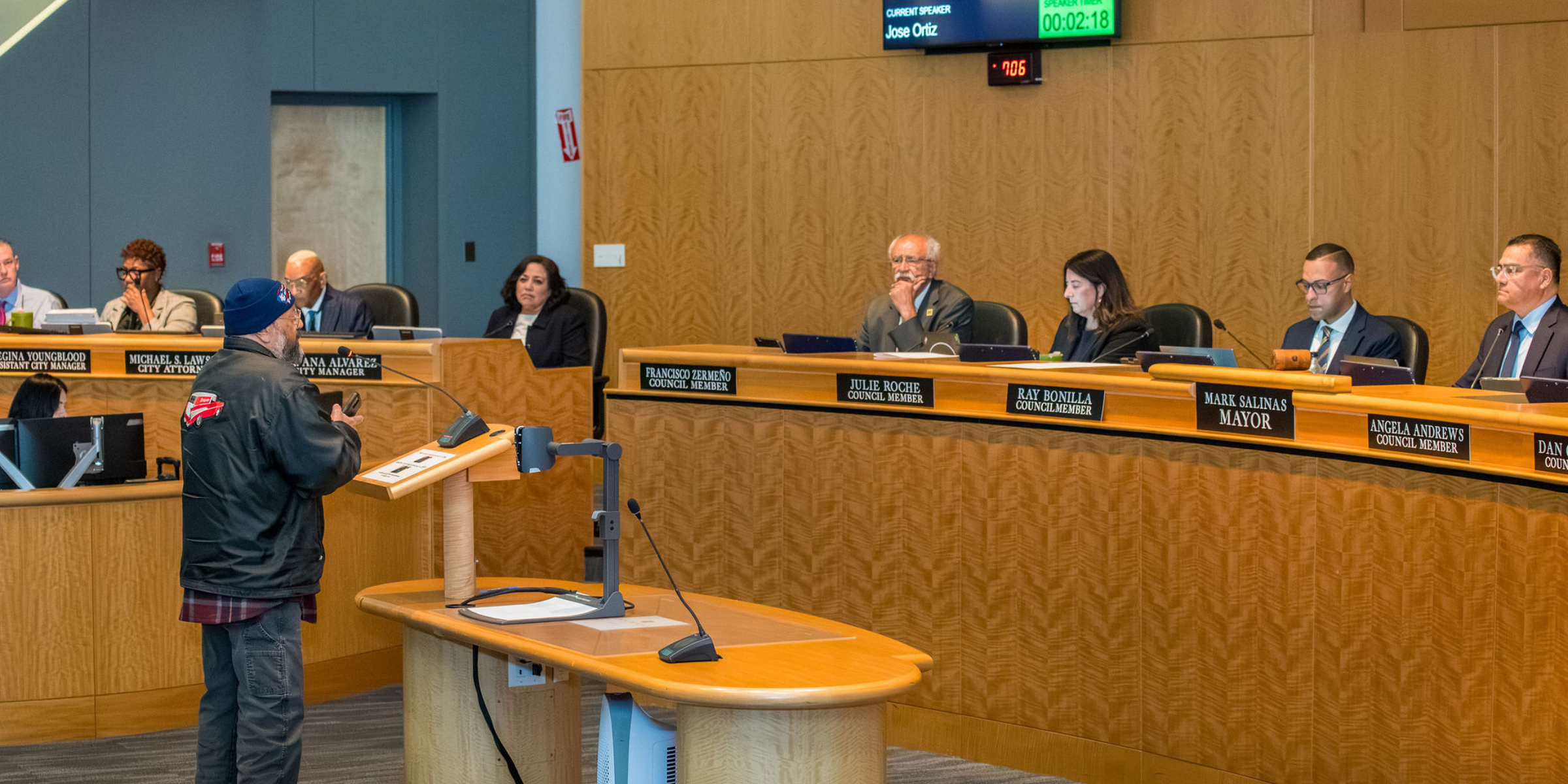The Planning Division is responsible for implementation of the California Environmental Quality Act (CEQA), which is a State law requiring analysis of the environmental impacts of all discretionary development projects prior to their approval by the applicable deciding authority (Planning, Director, Planning Commission or City Council). Such analysis is required to analyze and publicly disclose impacts in various areas including but not limited to; air quality, greenhouse gas, hazardous materials, hydrology, traffic, and utilities.
Development Services Department Planning Division staff uphold and maintain independence and objectivity in thier review and analysis of the environmental impacts of projects. The Planning Division prepares environmental documents; directs the work of outside environmental consultants; and works with public project applicants and stakeholders to ensure that all feasible environmental mitigation measures or project alternatives are incorporated to minimize or preclude adverse impacts to the environment.
The California Environmental Quality Act (CEQA) was enacted in 1970, and requires that an environmental assessment be undertaken for projects that have the potential to have an impact on the environment. There are three levels of CEQA review:
Exemption
Many types of smaller development projects or projects that can be seen with certainty to have no significant detrimental impact on the environment are generally exempt from CEQA. For example, construction of a new home or an addition to an existing home is generally exempt from CEQA review. While many smaller projects are exempt, it should be recognized that certain circumstances may trigger a higher level of CEQA review, such as even a small addition adjacent to a creek or a single family home in a highly unstable geological location.
Initial Study
When staff concludes that a project has the potential to have some detrimental impacts on the environment, staff will conduct an “Initial Study”. Upon completion of the Initial Study, staff can come to one of two conclusions:
Negative Declaration
Under the specific circumstances of the particular case, there are no potentially significant impacts; or any identified potentially significant impacts can be mitigated to a less-than-significant level through the adoption of mitigations. Under these circumstances, the project is eligible for a Negative Declaration or a Mitigated Negative Declaration (ND or MND). If there are no significant impacts, then no mitigations will be required. Should impacts be identified, then mitigations must be adopted as part of the project and included as conditions of the project and those impacts must be mitigated to a “less than significant” level.
Environmental Impact Report
If the Initial Study identifies one or more significant impacts on the environment, and those impacts cannot be mitigated to a less than significant level, then the City must prepare and Environmental Impact Report (EIR). An EIR will consider potential impacts and mitigations, and also alternatives to the project that would not cause those significant impacts or would have lesser impacts than the proposed project.
Public Review
CEQA mandates minimum public review periods depending on the level of environmental analysis required (Exemption, Negative Declaration or Environmental Impact Report) ranging from 20 to 45 days. Notification regarding this public review is provided to the Alameda County Clerk, in the newspaper of record, neighbors of the proposed project and to interested parties who have requested such notice. Copies of the environmental document and all appendices are made publicly available for review at City Hall, both libraries, and on the City’s website.
Once the appropriate environmental determination and the Negative Declaration or EIR is prepared, the City will proceed to act on the development project. The City cannot act on a development project until the CEQA assessment is completed and adopted or certified by the deciding body.









